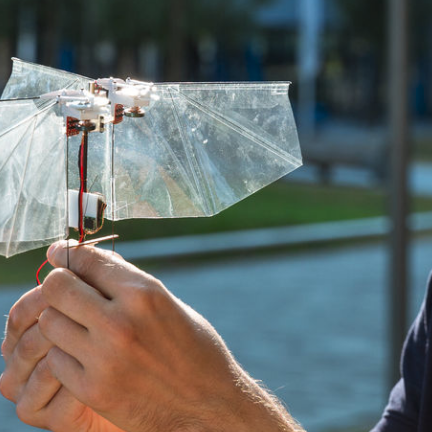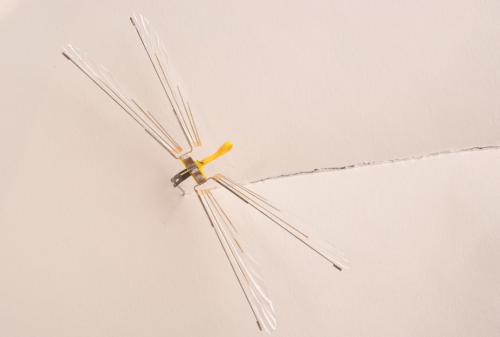File this story with the infamous Facebook breach case that was rarely, if ever, discussed in public. Employees or contractors would pull hard drives from racks, throw into a bag, fly to an airport and leave on curb for buyers to pickup and harvest data from.
Amazon is being more public about their investigation, which as an ex-investigator I have to say seems odd to me. On the one hand this may be a good way to scare staff into following policy. On the other hand, this kind of public scare method pushes a big reset button on the active investigations as suspects wipe their trails:
…sellers get data about internal sales metrics and reviewers’ email addresses. The employees leaking the data are also said to be offering to delete negative reviews and restore banned Amazon accounts.
Amazon’s internal investigation into the matter began after the company was tipped off in May about the practice. Since then the company has shifted around executive roles in China to try to root out the bribery. However, the practice is not just occurring in China. Employees in the U.S. are said to be involved, too
That is a curious tone to end the paragraph. Amazon has not shifted around executive roles in the U.S…makes this sound like it isn’t really about investigating the problem (requiring secrecy), and rather could be pretense for a management reorg.
What if this isn’t about an internal investigation to protect customer data, and instead a pretense for purging executives in countries who do not fit corporate culture? I mean corporate culture could be religiously protecting customer data, or it also could be symptomatic of other labor topic headlines…such as “low-paid, overworked and unhappy”
Working conditions at Amazon.com aren’t any better than they are at Walmart. The difference is you don’t see Amazon’s employees.
More to the point about preventing leaks, bathroom breaks apparently aren’t allowed to Amazon staff:
California warehousing: “Amazon workers file class action suit over breaks, overtime pay”
U.S. corporate support: “Lawsuit says Amazon denied paralegals overtime and breaks”
U.S. shipping: “Amazon delivery drivers worked without breaks, weren’t paid for overtime”
Yes, preventing leaks is literally what Amazon management has been targeting for years:
Working at an Amazon warehouse in the U.K., James Bloodworth came across a bottle of straw-colored liquid on a shelf. It looked like pee.
How could he be sure? “I smelt it,” said the 35-year-old British journalist and author, talking about his new book “Hired: Six Months Undercover in Low-Wage Britain.” It was definitely pee, he said.
As he tells it, urinating into a bottle is the kind of desperation Amazon forces its warehouse workers into as they try to avoid accusations of “idling” and failing to meet impossibly high productivity targets — ones they are continually measured against by Big Brother-ish type surveillance.
It didn’t help that the nearest bathroom to where he worked was four flights of stairs below.
That smell? It’s just evidence that Amazon management’s anti-leak prevention may not be working
One US worker described an “awful smell” coming from warehouse trash cans, saying coworkers would urinate in them for fear of missing their targets because they took too much time to go to the bathroom.
Detection reportedly has been working however, according to this same story, beyond just the smell commented on by workers themselves.
camera evidence got these associates fired
Cameras, like telling the press an investigation is underway, are often positioned as prevention. Let’s be honest, though, they are far more effective as detection given how their overt methods tend to shift adversarial behavior into more clever camouflage. Will be interesting to see how the investigations end up, now that signs are posted everywhere that they are underway and leakers will be prosecuted.

